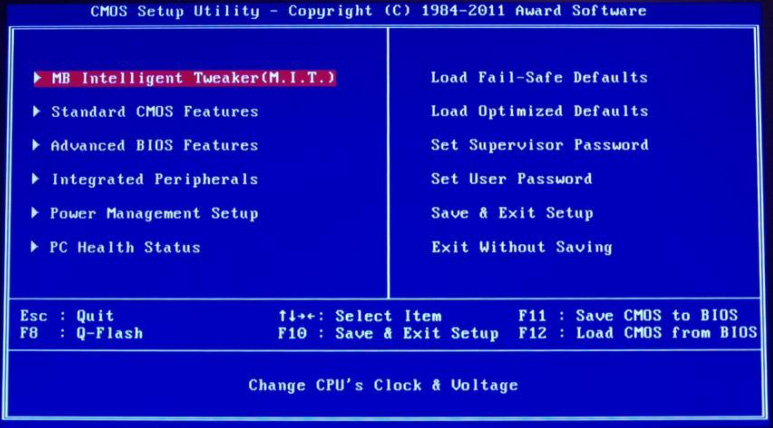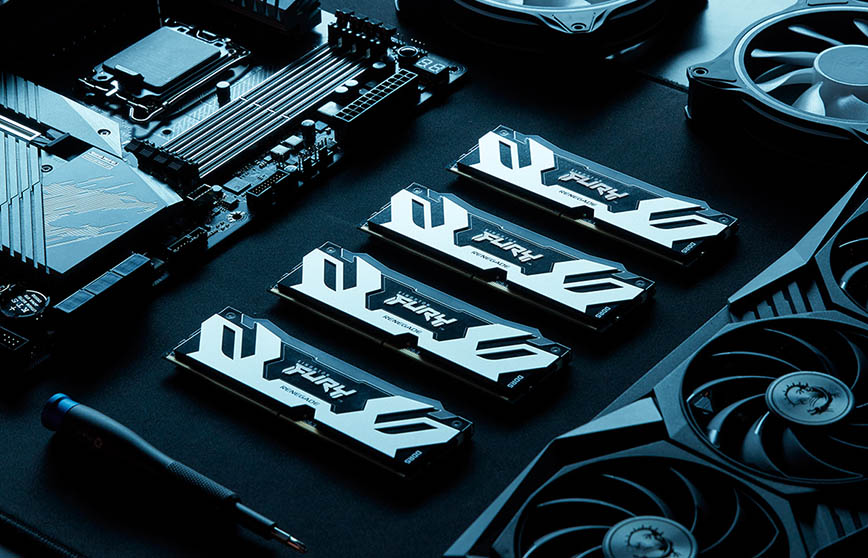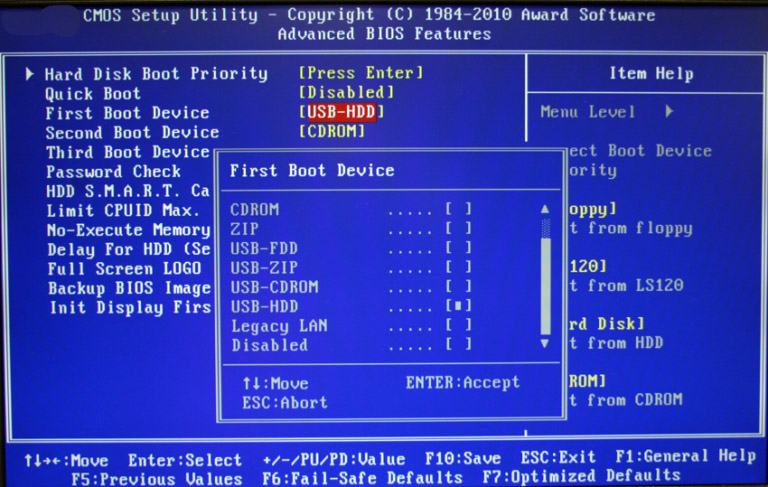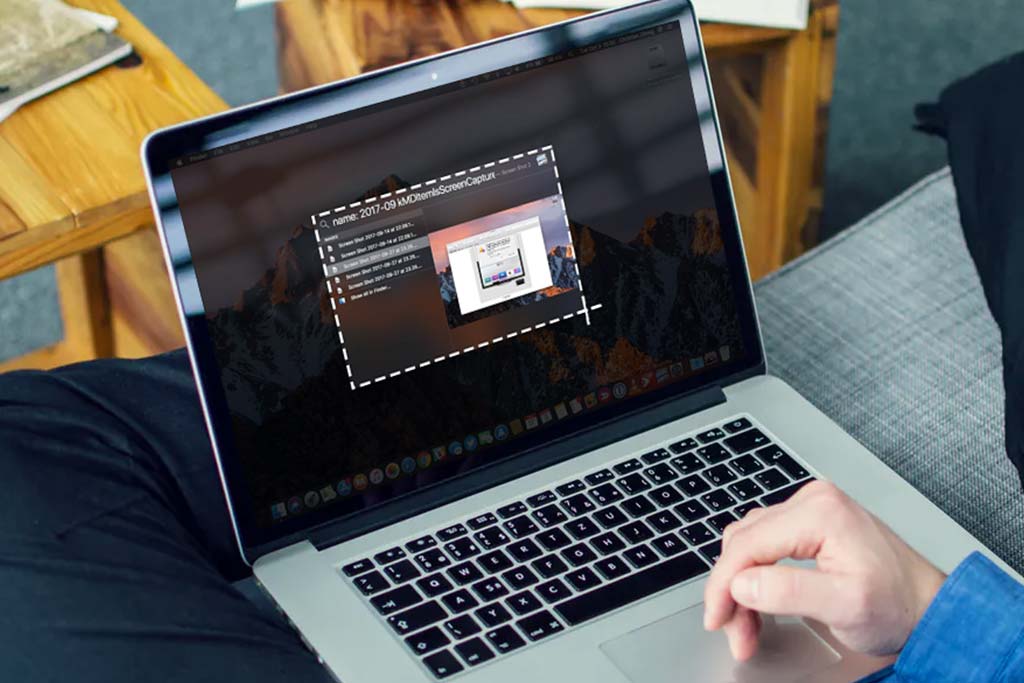How to adjust RAM settings in your computer BIOS?
Welcome to Blackview (Retail and wholesale good but cheap mini PC and laptop) blog. Hope this "RAM setting" related guide helps.
Random Access Memory (RAM) is a critical component of your computer's performance. Adjusting RAM settings in your system’s BIOS (Basic Input/Output System) can help optimize performance, but it requires caution. This guide walks you through the steps of adjusting RAM values in the BIOS safely and effectively.

Why Adjust RAM in BIOS?
Adjusting RAM settings can help you achieve:
- Higher performance: Tweaking RAM frequency, voltage, and timings can improve overall system speed.
- Stability: If you’ve installed new RAM modules that are not running at the correct speed, adjusting BIOS settings can ensure proper performance.
- Overclocking: For enthusiasts looking to get the most out of their hardware, manually setting RAM values is a common step in overclocking.
Things to Know Before You Start
Before adjusting RAM settings in the BIOS, keep the following in mind:
- Motherboard and RAM Compatibility: Ensure your motherboard supports the RAM frequencies and voltages you plan to set.
- XMP Profiles: Many modern motherboards support XMP (Extreme Memory Profile), which simplifies the process of setting optimized RAM timings and frequency.
- Stability and Testing: After making adjustments, stability testing is crucial. Improper settings can cause your system to crash or become unstable.
Steps to adjust RAM settings in BIOS
- Accessing the BIOS
- Navigating the BIOS
- Adjusting RAM Frequency
- Adjusting RAM Timings
- Adjusting RAM Voltage
- Saving and Exiting BIOS
- Testing Stability
1. Accessing the BIOS
The first step is to enter the BIOS. Follow these steps:
- Restart your computer.
- During the initial boot sequence, press the BIOS key repeatedly.
Common keys are:
Delete (most common)
F2
F10
Esc
Refer to your motherboard manual if unsure which key to use.
- You should now be inside the BIOS interface.
2. Navigating the BIOS
Once inside the BIOS, the exact steps depend on your motherboard’s BIOS interface, but typically you’ll find RAM settings under these sections:
- Advanced Mode: Some BIOS setups offer an “Advanced” mode for more detailed settings.
- Memory/DRAM Settings or Overclocking/Tweaker Settings: This is where you’ll find the options to adjust your RAM values.
3. Adjusting RAM Frequency
Locate the DRAM Frequency Setting:
- In the BIOS, look for the option labeled DRAM Frequency or Memory Frequency.
- It will show the current frequency of your RAM, which may be lower than the advertised speed, especially if the default BIOS settings are in place.
Choose Your Desired Frequency:
- Select a frequency from the list that matches your RAM’s rated speed (e.g., 3200MHz or 3600MHz). If you are overclocking, you can set a higher value, but proceed with caution.
XMP Profiles (If Available):
- If your RAM supports XMP profiles, you can choose an XMP profile that automatically sets the optimal frequency, timings, and voltage for your RAM.
- Enable XMP by selecting Profile 1 or Profile 2 (depending on your motherboard).
4. Adjusting RAM Timings
Timings dictate how quickly your RAM responds to commands. These are often represented as CL (CAS Latency), tRCD, tRP, and tRAS values. The lower the numbers, the faster the RAM, but this may require increased voltage for stability.
Find DRAM Timing Control:
- Navigate to the DRAM Timing Control menu. Here, you can manually input timing values.
Set CAS Latency and Other Values:
- Manually input the recommended timings for your RAM. These can typically be found on the packaging or the manufacturer’s website (e.g., 16-18-18-36).
- Adjust timings one value at a time if overclocking for stability.
5. Adjusting RAM Voltage
RAM voltage influences stability, especially when overclocking or running high-performance memory. Incorrect voltages can damage your hardware, so make small adjustments.
Locate DRAM Voltage Setting:
- Find DRAM Voltage or Memory Voltage in the BIOS.
Set the Voltage:
- RAM typically runs at 1.2V (for DDR4) or 1.35V (for XMP profiles). When overclocking, small increments may be necessary for stability, but avoid exceeding 1.4V unless you are experienced and your system can handle it.
6. Saving and Exiting BIOS
Once you’ve adjusted the frequency, timings, and voltage:
Save Your Changes:
- Press the appropriate key to save and exit the BIOS (commonly F10 or follow on-screen prompts).
System Reboot:
- The system will restart. If the changes are stable, it should boot into your operating system without issues.
- If the system fails to boot, the BIOS will usually reset to safe settings automatically, or you’ll need to clear the CMOS to revert to default settings (refer to your motherboard manual for details).
7. Testing Stability
After adjusting your RAM settings, it’s essential to ensure system stability.
- Use tools like MemTest86 or Prime95 to stress test the memory. Run the tests for a few hours to ensure there are no crashes or memory errors.
- If instability occurs (system crashes, blue screens), revisit the BIOS and adjust the settings (e.g., lowering the frequency or increasing the voltage slightly).
Troubleshooting Tips
- System Doesn’t Boot: If your system fails to boot after making changes, you may have set the frequency or timings too aggressively. Re-enter the BIOS and revert to more conservative values or reset to default settings.
- XMP Profile Fails: Not all motherboards handle XMP profiles perfectly. If your system crashes after enabling XMP, try manually adjusting the frequency and voltage to the recommended settings.
- Overheating: Overclocking RAM can increase temperatures. Ensure your system has adequate cooling.
FAQs
Q: Can I damage my RAM by adjusting BIOS settings?
A: Yes, excessive voltage or overly aggressive timings can damage RAM or cause system instability. Always proceed with caution and within the manufacturer’s specifications.
Q: How do I know the correct settings for my RAM?
A: Refer to the specifications provided by the RAM manufacturer. You can usually find these on the product packaging or the manufacturer’s website.
Q: What if I accidentally mess up the BIOS settings?
A: You can reset the BIOS by clearing the CMOS. This will revert all settings to their factory defaults. Consult your motherboard’s manual for instructions.
Conclusion
Adjusting RAM settings in the BIOS is a powerful way to optimize your system's performance. Whether you’re enabling XMP for the first time or diving into manual overclocking, the process requires careful consideration of your system’s limits. Always monitor system stability after making changes, and revert to default settings if issues arise. With practice and patience, you can unlock significant performance gains from your memory.





